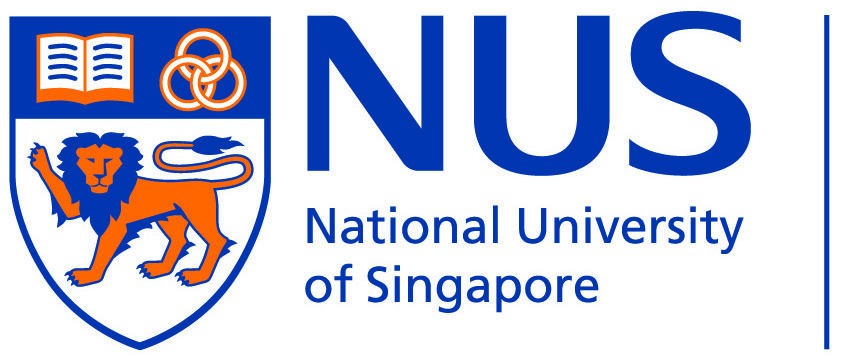Siesta
Siesta Siesta (Spanish Initiative for Electronic Simulations with Thousands of Atoms) is both a method and its computer program implementation, to perform efficient electronic structure calculations and ab initio molecular dynamics simulations of molecules and solids. Siesta 4.1.3 is currently installed in the HPC systems. To submit Siesta jobs, login to
